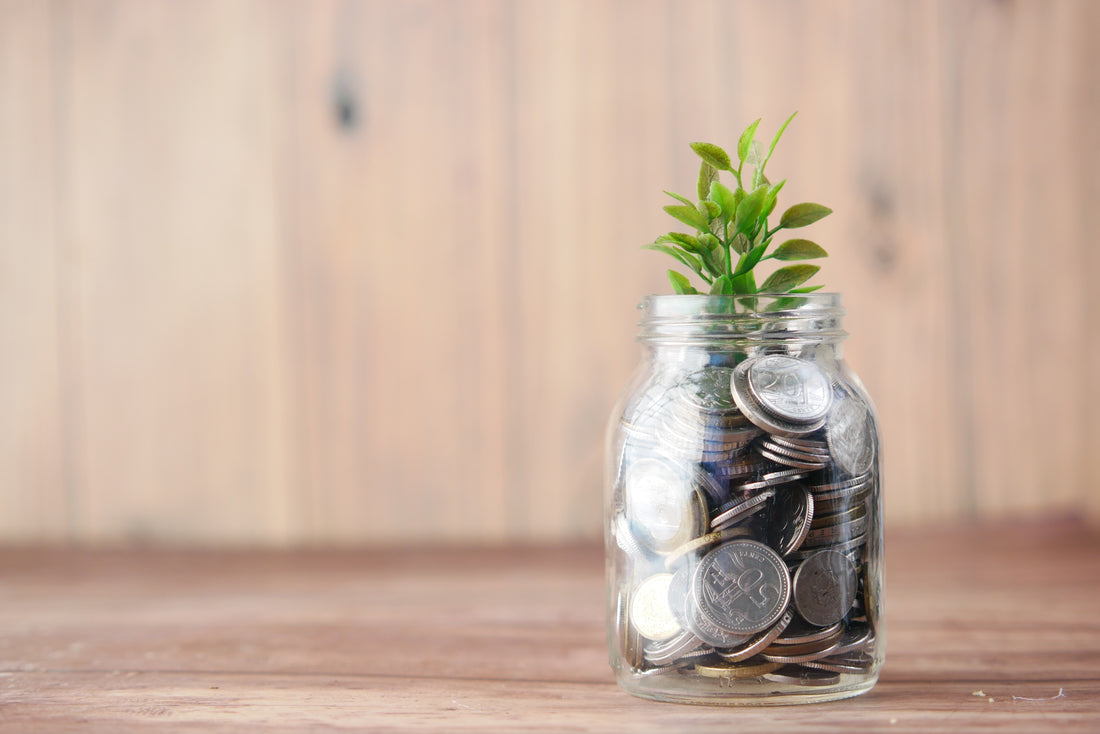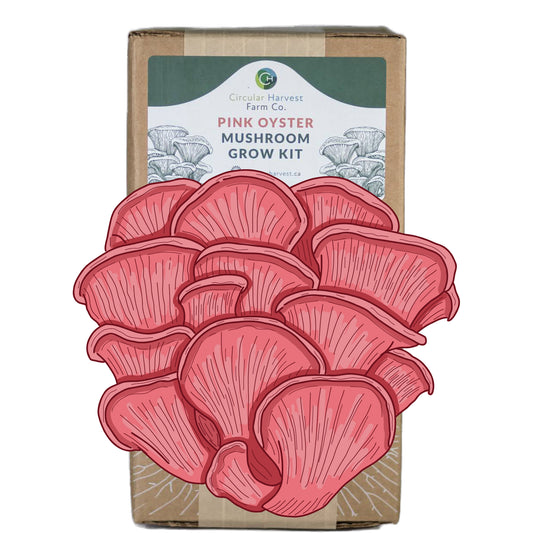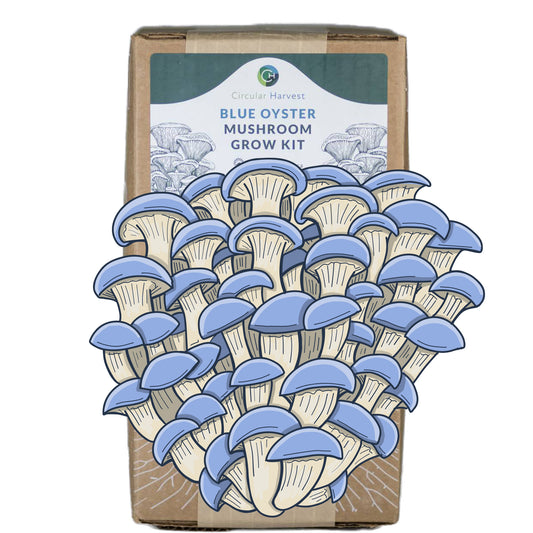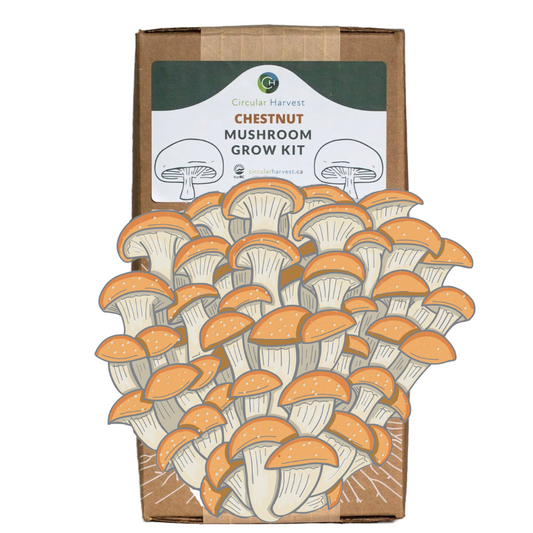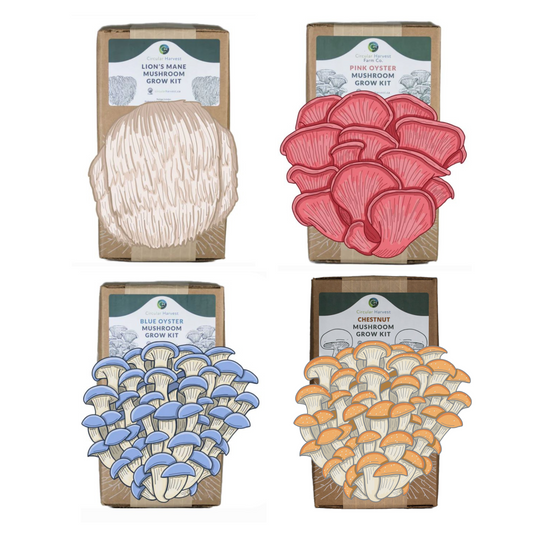The Circular Economy is not just a grand global concept; it's a lifestyle that begins at home. In a world grappling with environmental challenges, adopting circular practices within the confines of our households can make a significant difference. This comprehensive guide explores how individuals can actively participate in a Circular Economy from the comfort of their homes. We'll delve into practical steps for sustainable living, the power of conscious consumer choices, and how to take political action to influence positive change in your community.
But first let's dive into the history of consumerism and how North America has become one of the most wasteful and consumeristic societies.
Part 1: The Genesis of Consumerism
1. A Historical Perspective
Consumerism, as we know it today, is a relatively recent phenomenon. Just over a century ago, our grandparents lived in a world that valued durability, craftsmanship, and resourcefulness. The Industrial Revolution brought about mass production and transformed the way we viewed goods. Items that were once made to last for generations became disposable, with businesses emphasizing quantity over quality.
The early 20th century saw the advent of mass production techniques, notably pioneered by Henry Ford's assembly line. This revolutionized manufacturing, making goods more affordable and accessible to the masses. While it initially improved living standards, it also planted the seeds of a throwaway culture. The economic focus shifted from repairing and maintaining possessions to the constant pursuit of the next purchase.
The emergence of advertising played a significant role in shaping consumerism. Advertisers skillfully created desires and aspirations around products, convincing people that happiness and success could be found through consumption. This led to a culture of buying for the sake of buying, a trend that has persisted and intensified over the decades. Just think about your own life, how many times have you bought a shirt for $100 that is no different than a $25 shirt but has a certain brand on it. Advertising is powerful and it is why every company spends a large portion of their budget on it to convince consumers to buy.
Post-World War II, economic growth became synonymous with prosperity. The push for economic expansion encouraged disposable culture, with industries intentionally designing products with shorter lifespans. This cycle of consumption and disposal became the backbone of the modern economy. Again, think about our phones, there is no need to get a new one every year or two but businesses like Apple have convinced us we need the newest model so they can keep turning bigger and bigger profits.
With this modern day consumer mindset, we have created an economic system that has made a small few very rich and the rest of society to deal with the pitfalls of a linear economy. Over flowing landfills, polluted water ways and plastic covering the planet are just a few of the issues we are dealing with. In 2023, it has become more evident than ever that we need to change the way our economy works. This is why more and more people are adopting a circular economy and adjusting their lives to fall inline with a more traditional way of life.
Part 2: Practicing Circular Living at Home
1. Revisiting the Past: Lessons from Our Ancestors
It's essential to recognize that the consumeristic society we live in today is a relatively recent development. Our grandparents lived in an era that valued sustainability, durability, and resourcefulness. We can learn from their practices and mindset to reshape our relationship with goods and resources. We can also look at other cultures like the indigenous communities of North America who have been the foundation for circular economic concepts. Indigenous cultures have been living on their lands sustainably for centuries, we need to recognize their knowledge and adopt their teachings to help address the issues we face. The main lessons the circular economy has adopted from their traditional knowledge is; only take what you need, Use all that you take and to make decisions that think 7 generations ahead. I think it is important to acknowledge that the circular economy stems from these cultures and that it is not a new concept, it is just a different way to explain the concepts to the masses.
2. The Circular Economy Framework
Embracing a Circular Economy involves shifting away from the linear "take-make-dispose" model. Instead, it encourages resource efficiency, durability, and waste reduction. By reintegrating elements like repair, reuse, and recycling into our lives, we can emulate the practices of our ancestors and align ourselves with circular economic principles.
3. The Circular Household
To adopt circular practices at home, consider:
a. Repair and Repurpose
Channel your inner resourcefulness and repair items when possible. Learn basic DIY skills and transform old items into new, useful creations. There are workshops and classes in almost all cities for people to learn these skills. You can even use YouTube to learn almost anything. By repairing your own items you not only save money but you also get a sense of fulfillment that a lot of us have lost. Even if you do not have the tools to do some of the repairs, more and more Tool Libraries are popping up in communities that allow you to rent tools for a day at an affordable price.
b. Mindful Consumption
Distinguish between needs and wants. Prioritize quality over quantity, investing in well-made, durable products. This echoes the buying ethos of previous generations. Buying a quality brand for a bit more money will pay off in the long run because it will often last longer. Additionally, if you learn how to repair it, that investment will go even further. Looking for brands that make products easy to fix is a great pre-purchase strategy. Being more circular does require more effort in researching your purchases but that is the point. Being more intentional with your purchases can help avoid spontaneous consumerism, which is both good for your wallet and the planet.
c. Sustainable Energy
Transition to renewable energy sources, reduce consumption, and implement energy-efficient technologies, as our grandparents did when energy was more precious and sparingly used. Look up your local solar subsidies, many municipalities offer grants for installing solar onto your roof which will lower your energy bill but also give you energy freedom to reduce power outages from provincial grids.
d. Local and Sustainable Food
Grow your food or support local, sustainable agriculture. Our grandparents often relied on home gardens and local markets for fresh produce which allowed them to grow what they want and have lower grocery bills. We need to re-adopt local food, our children have grown up not knowing what a tomato plant looks like or how a cow is raised, we need to get back in touch with our food so we can be self reliant and cut back on the increasing grocery prices due to external factors that are inherent in a globalized food economy.
e. Minimalism
Simplify your life by decluttering and focusing on essentials. This mirrors the modest and contented lifestyles of our forebears. Being aware of advertisers creating wants that we don't need and being able to slow down our spending not only keeps more money in our pockets but it also stops fuelling the fire of over consumption.
Part 3: The Economics of Sustainability
1. The Cost of Consumerism
While consumerism has driven economic growth, it has also resulted in significant environmental and social costs. Resource depletion, pollution, and inequality are all associated with this model of growth. Recognizing these costs is essential for reshaping our economic priorities. When companies only seek profit, they cut corners and exploit people in the name of reducing costs.
2. Economic Opportunities in the Circular Economy
Contrary to the belief that sustainability stifles economic growth, the Circular Economy presents vast opportunities. It can generate new jobs in recycling, refurbishing, and sustainable production. There is even opportunities in auditing for people who can hold companies accountable to do what they say they are doing to reduce the amount of greenwashing we currently are experiencing. Moreover, circular practices often lead to cost savings for both individuals and businesses. When we reduce waste, we spend less on resources that don't get used and maximize our efficiencies. Additionally, if we utilize "wasted" resources as inputs for different industries, companies can reduce their input costs. There are many more example for how a circular economy is far more efficient system than our linear one but that is for a separate blog post.
3. Rethinking Economic Indicators
Gross Domestic Product (GDP), the traditional measure of economic success, may not accurately reflect well-being in a circular and sustainable society. Alternative metrics like the Genuine Progress Indicator (GPI) account for environmental and social factors, offering a more comprehensive view of economic health. We are all well aware money doesn't make us happy, so why is that our indicator for prosperity? We need to realize we are in a time of over abundance of stuff where some people have far too much and others not enough. Now is the time to slow down progress to re-evaluate what humans need to live healthy, happy lives by redistributing our resources to allow everyone to live a life of prosperity.
Part 4: Taking Political Action for Change
1. Rewriting Economic Policies
Advocate for policies that prioritize sustainability and circular practices. This may include incentives for recycling, renewable energy adoption, and regulations that encourage eco-friendly products. Policies like the EU's regulation for all phone companies to use the same charging cable has already cut back on millions of pounds of waste because now companies can't force you to throw out your old charger since it's not compatible with your new phone. Policy's like this and others do work, we just need the social will from the masses to push for it. Go to your local Townhall meetings and speak up about your concerns within your community and ask for green subsidies.
2. Environmental Education
Promote environmental education in schools and communities to raise awareness and instil sustainable values in future generations.
3. Consumer Activism
Support businesses that align with circular and sustainable principles. Your purchasing choices can incentivize companies to adopt more responsible practices. These responsible companies are trying to make a difference but need the financial support from YOU to allow them to compete against the status quo. Every purchase you make with a sustainable company is an investment in changing the system to a world that aligns with your values. Your money is your vote, the more you spend on the companies trying to make the difference, the more you are helping change the status quo.
4. Community Engagement
Engage with local environmental organizations and community groups. Collaborate on sustainable projects and participate in initiatives that promote circularity. You can google groups in your local area, they are often more than happy to have new volunteers and members to help their cause.
Conclusion
Our consumeristic society, a relatively recent phenomenon, has brought both prosperity and significant environmental and social challenges. However, as we delve into the principles of the Circular Economy and reflect on the wisdom of our ancestors sustainable practices, we discover a path towards a more balanced and prosperous future.
By adopting circular practices at home, rethinking our consumer choices, understanding the economics of sustainability, and taking political action, we can reshape our relationship with resources. It's a journey that honours the past while embracing a future where prosperity coexists with ecological responsibility. As we tread this path, let us remember that we possess the power to transform not only our homes but also the world, one conscious choice at a time.

